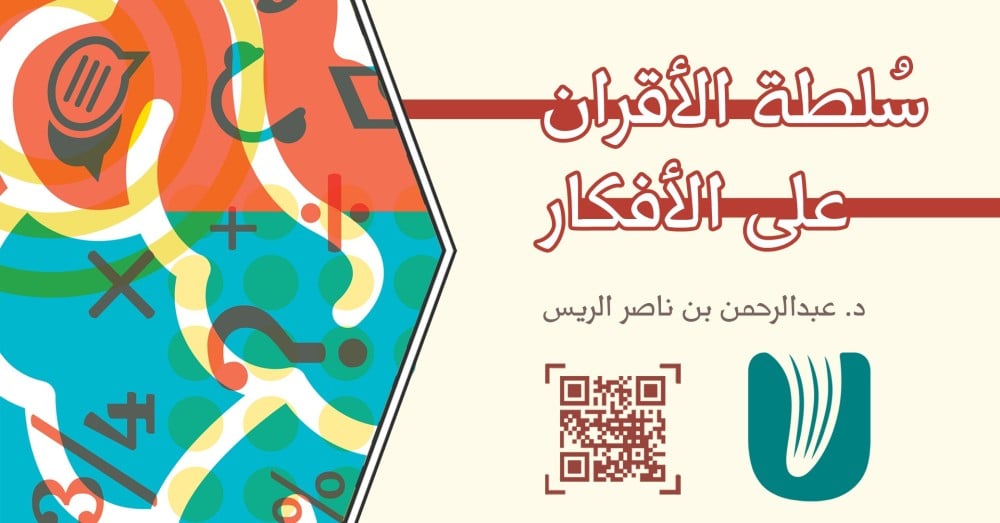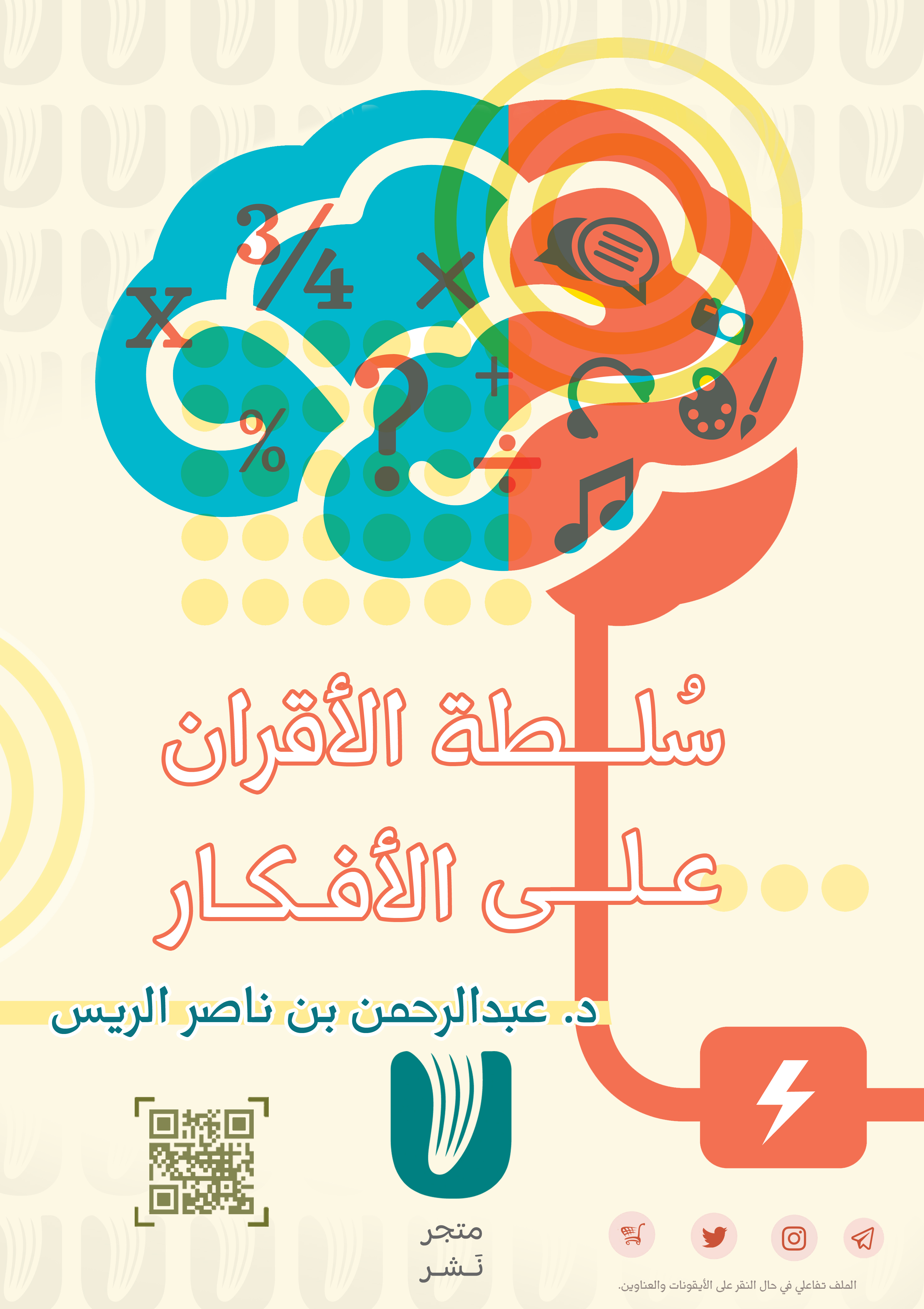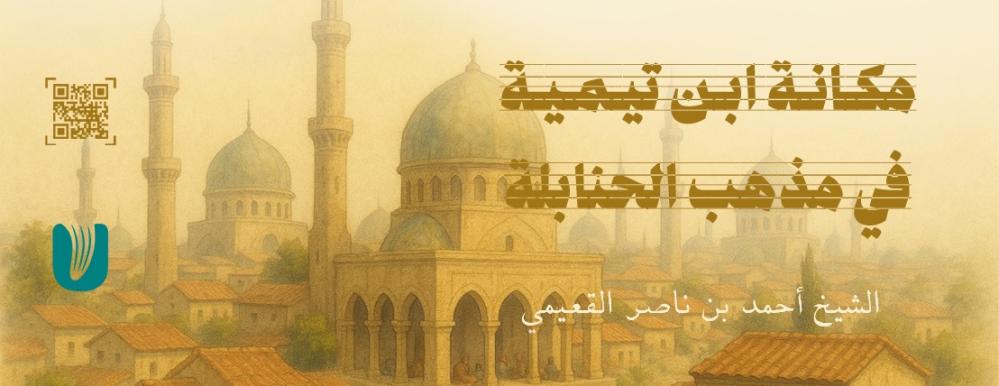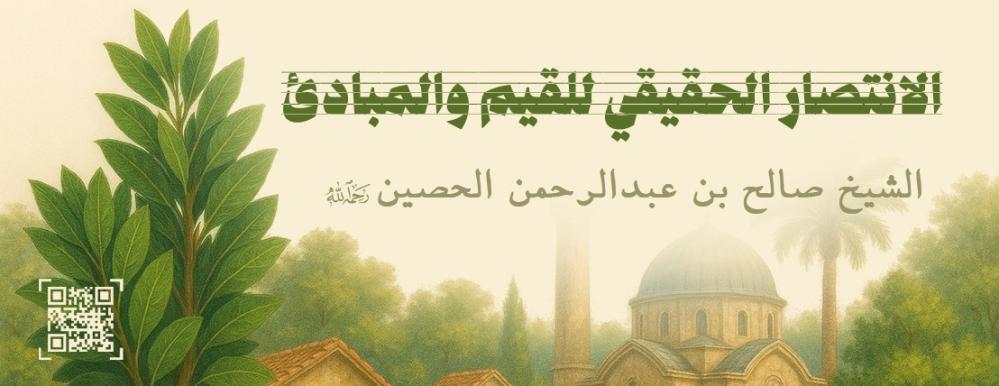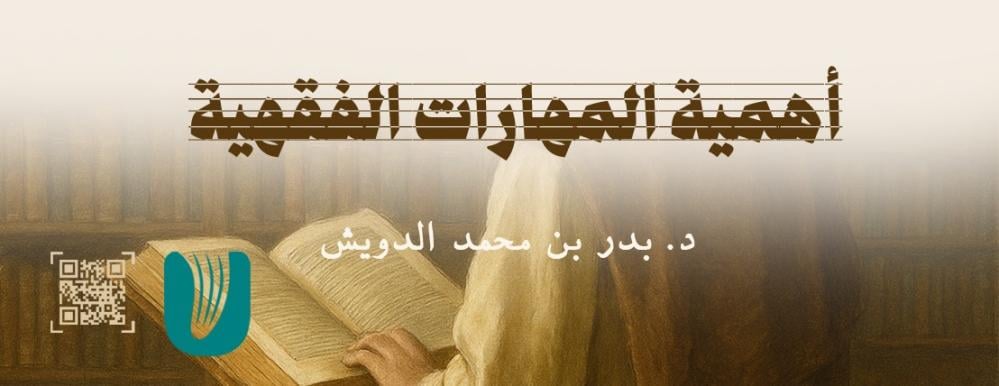Peer power over ideas!
Dr.. Abdul Rahman Al-Rayes
It is no secret to anyone with understanding and knowledge that a friend has influence and power over the whole of life and its affairs, in addition to ideas, beliefs, and details of opinions and what is related to them. Below I can explain some aspects that confirm the relationship of influence in the fact that friendship and closeness in affection and harmony, or the opposite of that, is a drive to... Ideas, beliefs and opinions:
1. The influence on ideas is an integral part of the greater influence on other aspects. The effect of the closeness of things, let alone people, to each other is noticeable and visible, and therefore the intellectual effect cannot be excluded or separated from the effect of the person’s closeness to the other. If the influence between a friend and his friend and between peers is on aspects related to the soul or practical life and the reality of contact with this influence, then what about the intellectual aspects? And the ideology that grows, forms, and is influenced among the peers, in their gatherings, and in the places and hostels they frequent.
The early ones said: Man is of course a civil person, and the explanation for this is that he must be helped and sought help, because he does not complete all his interests alone, nor is he independent in all his needs, and this is apparent, and if he is of course a civil person, as was said, then it is necessary to take what is offered in multiples of that. Giving, neighbourhood, dialogue, mingling and cohabitation are what cause the matter to spread” ( [1] ) .
2. The permanence and closeness of things influence the nature of the situation and matter according to what brings them close and lasts with them. The properties of permanence and closeness are very difficult for a person to underestimate the power of their influence if they come together. If a drop of water is permanent - even if it is small - it will dig into the solid rock and sink into it as a result of its drops. Consecutive and sustainable, so what about moral understandings that are weaker in any case than that rock, and the extent of the influence of the continuity of the companion on his companion, near or far from him.
3. The confirmed human cognitive heritage regarding the drive of peer authority and the extent of its influence on behavior and thoughts. Anyone who is familiar with all of human history will not find a sage who denied the influence of constant closeness to people, or underestimated the extent of his influence on those who are his constant companions. Even the speeches calling for isolation and isolation are based on the fact that the constant presence of companions has a negative impact on the person who is isolated in his thoughts and behavior.
A number of the wise men’s hadiths about the status of a companion, the good choice of a friend, and other ethics of friendship and kinship, started from recalling the reality of the effect of this external element on the internal components of a person, and as it was said:
“Do not ask about a person, but ask about his companion ** For every companion follows someone who compares” ( [2] )
The evidence of the presence of the engine of peer authority in the space of ideas at the level of human and Islamic history is many and numerous. This may be direct or not, and it may be negative and at other times positive. Below I can mention some evidence that the authority of peers and the power of those sitting with them pushed this authority to ideas and opinions. And beliefs:
· The doctrinal position of the uncle of the Messenger of God, may God bless him and grant him peace, Abu Talib upon his death . Anyone who considers the position of the uncle of the Messenger of God, may God bless him and grant him peace, regarding the call of the Prophet, may God bless him and grant him peace, will find that it is a defensive position for the idea of Islam. It was a motive for the Prophet, may God bless him and grant him peace, for himself and for his message. No Muslim can deny his support for the Prophet, may God bless him and grant him peace, his belief in his message, and his writing of poetry in that regard. However, the reader of the consistency of this position deplores the absence His conversion to Islam and his adherence to Islam, as soon as the researcher examines his intellectual statements and doctrinal positions, he realizes that the authority of peers among his people and those around him was the obstacle that stood between him and that step that was consistent with the intellectual and doctrinal context. After Abu Talib proved to the Messenger of God, may God bless him and grant him peace, his belief in his verses, he said:
( If I were not to blame or beware of cursing ** you would have found me allowing that and making it clear ) ( [3] )
This scene was narrated in the two Sahihs, which made clear the motive behind the inconsistency of support and belief with the failure to catch up with Islam . When Abu Talib was about to die, the Prophet, peace and blessings of God be upon him, entered upon him, and Abu Jahl and Abdullah bin Abi Umayyah were with him. He said: Yes, uncle. Say: There is no god. Except God, a word with which I will argue with you before God Almighty. Abu Jahl and Abdullah bin Abi Umayyah said: O Abu Talib, do you abandon the religion of Abdul Muttalib? They continued speaking to him until the last thing he spoke to them was: Following the religion of Abdul Muttalib. Then the Prophet said to him. May God’s prayers and peace be upon him: I will certainly ask forgiveness for you unless He has forbidden you. So it was revealed: It is not for the Prophet and those who have believed to ask forgiveness for the polytheists, even if they are relatives, after it has become clear to them that they are the dwellers of Hell ( [4] ) , and it was revealed: Indeed, you do not guide whom you love ( [5] ) ) ) ( [6] ) .
The hadith’s reference to the insistence of the companions who were around the uncle of the Messenger of God, may God bless him and grant him peace, and that they were the ones who continued with him until they changed his view of the Messenger of God, may God bless him and grant him peace, is the greatest evidence that the motive behind the idea of intellectual rejection, his acknowledgment of non-Islam, and his demonstration of the doctrinal position is not his denial of the prophetic call, nor of worldly loss. Or a request for social status or other motives, insofar as it achieves the authority of peers and its influence on ideas, opinions, and beliefs.
Ibn al-Qayyim - may God have mercy on him - says: “ This is how much people’s plans have brought curses, warded off blessings, inflicted tribulations, disrupted blessings, brought misfortunes, and led to calamities . Is there anyone who is the scourge of people except people? Was it upon Abu Talib when he Death is more harmful than evil companions. They did not remove it from him until they prevented him from having a single word that would guarantee him eternal happiness ” ( [7] ) .
ــــــــــــــــــــــــــــــــــــــــــــــــــــــــــــــــــــــــــــــــــــ
([1]) Friendship and the Friend, written by: Abu Hayyan al-Tawhidi (310-414 AH), edited by: Dr. Ibrahim al-Kilani, publisher: Dar al-Fikr al-Mu’astamir – Beirut, Dar al-Fikr – Damascus, second edition: 1996 AD, p. 161.
([2]) The Diwan of Tarfa bin Al-Abd, written by: Tarfa bin Al-Abd bin Sufyan bin Saad Al-Bakri, Abu Amr, the pre-Islamic poet (564 AD), edited by: Mahdi Muhammad Nasser Al-Din, publisher: Dar Al-Kutub Al-Ilmiyya, third edition: 1423 AH - 2002 AD. p. 32.
([3]) The Biography of the Prophet by Ibn Hisham (2/101).
([4]) Surat Al-Tawbah, verse 113.
([5]) Surat Al-Qasas, verse 56.
([6]) Narrated by Al-Bukhari (4772) and Muslim (24).
([7]) Madarij al-Salikeen (1/453).
Click here to access the full book page.
Click on the image to access the image version (pdf), which can be downloaded and published.

